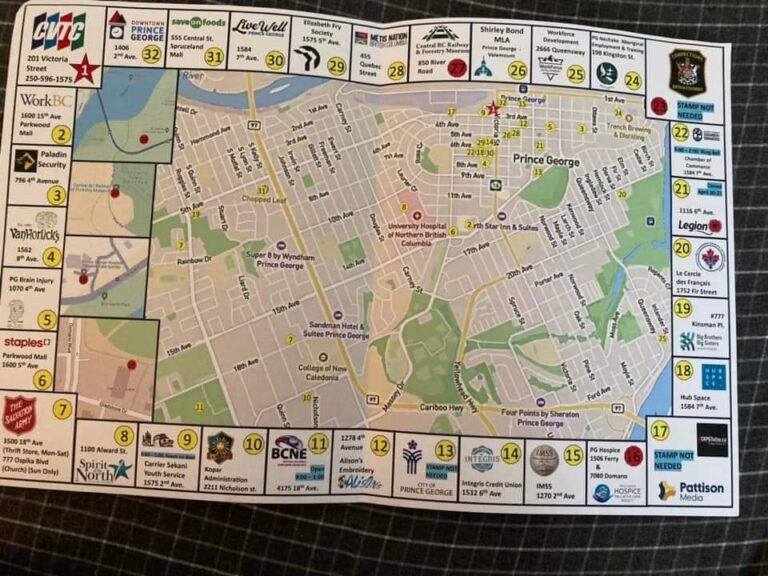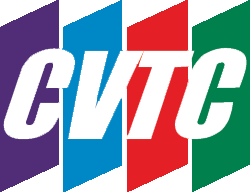With roughly 1 in 4 employees (and numbers rising) demanding more remote work, the idea of working from home or at least hybrid working between home and office seems here to stay. If this sounds right up your alley, you have to tailor your skill set a little differently than you would have three years ago. It’s not enough to just know how to use email and a word processor anymore – there are a whole host of remote working software out there and employers will want you to have at least a passing familiarity with some of them in order to work outside of the office. What are the top software that any remote worker should at least have some idea how to use?
Cloud-Based Storage
It’s an absolute given that you will have to know how to cloud-based storage software. There are several good ones out there: Google Drive, OneDrive, and Dropbox are the powerhouses, but programs like Teams and Slack also have file upload tools. Most files aren’t necessarily emailed anymore – instead, they are compiled in cloud-based storage so that others can easily access them and can even work on them right there.
These kinds of software are pretty easy to learn, but it’s important to get at least a little familiar with them ahead of time. Don’t worry too much – if you have Gmail, you have access to Google Drive, Microsoft gives you OneDrive and Dropbox has a free version, so play away!
You may even run into one called LibreOffice which is a free remote work software, ideal for little companies or contract workforces. It’s a basic suite that is similar to Google suite, mostly allowing for sharing files and installing plugins, but it’s free and some businesses really opt for it because of that, especially those just getting off the ground or companies nervy about using the other programs and having to pay for them when they don’t know how well they will work for the business goals.
Communication Software
Obviously you need to be familiar with the communication side because most of, if not all, your communication with coworkers, managers, supervisors, and other people will be through them! And we aren’t talking about email here folks, nah. Thanks to Covid-19, there has been an explosion in what is somewhat pretentiously called ‘Collaboration tools’ (yes, you can probably see my introverted face squinching). It is true that email or phone isn’t quite cutting it anymore – email is too impersonal and many remote workers like to do it to make their own hours, so the phone isn’t always practical. Bring on the collaboration tools! (Sighs)
Some of the heavy hitters: Microsoft Teams, Slack, and Zoom. All of these have the ability to do things like run video chats, create channels and threads, direct messages, search messages, pin messages, manage and upload files, and integration with other programs. For example, Slack integrates with Zoom for the video chat element,and Google Suite while Microsoft Teams integrates with the rest of Microsoft (Duh). Zoom on the other hand plays with the other programs – by itself, it’s mostly just a video chat program, albeit quite a good one since it has breakout rooms, screensharing, and easy set up. (I firmly believe Teams poached heavily from Slack – or possibly vice versa, but I can’t prove anything and it’s a fairly moot point anyway).
Most employers want you to be familiar, or able to learn, at least one of those three and sometimes all of them. We here at CVTC for example have used all of them before landing on Teams.
Project Management Tools
These broader software are used to, well, manage projects, from the small to the large. They include things like Trello and Basecamp where it’s easy to manage and assign tasks, send attachments, set up alerts, and check-ins. They are geared for teams to manage tasks and broken down projects remotely so that everyone knows where everyone else stands.
Project management software is a bit dicier to prepare for because different companies are going to use different ones and may even have a proprietary one. But having a good feel for other remote software will certainly help.
You don’t need to be an expert in any of these software, but having a familiarity with them will certainly help to make you stand out in a crowd and make it much easier to do your job!
Have you ever used any of these programs or are you going to explore them? It’s worth learning a little about them in this new world of work!

